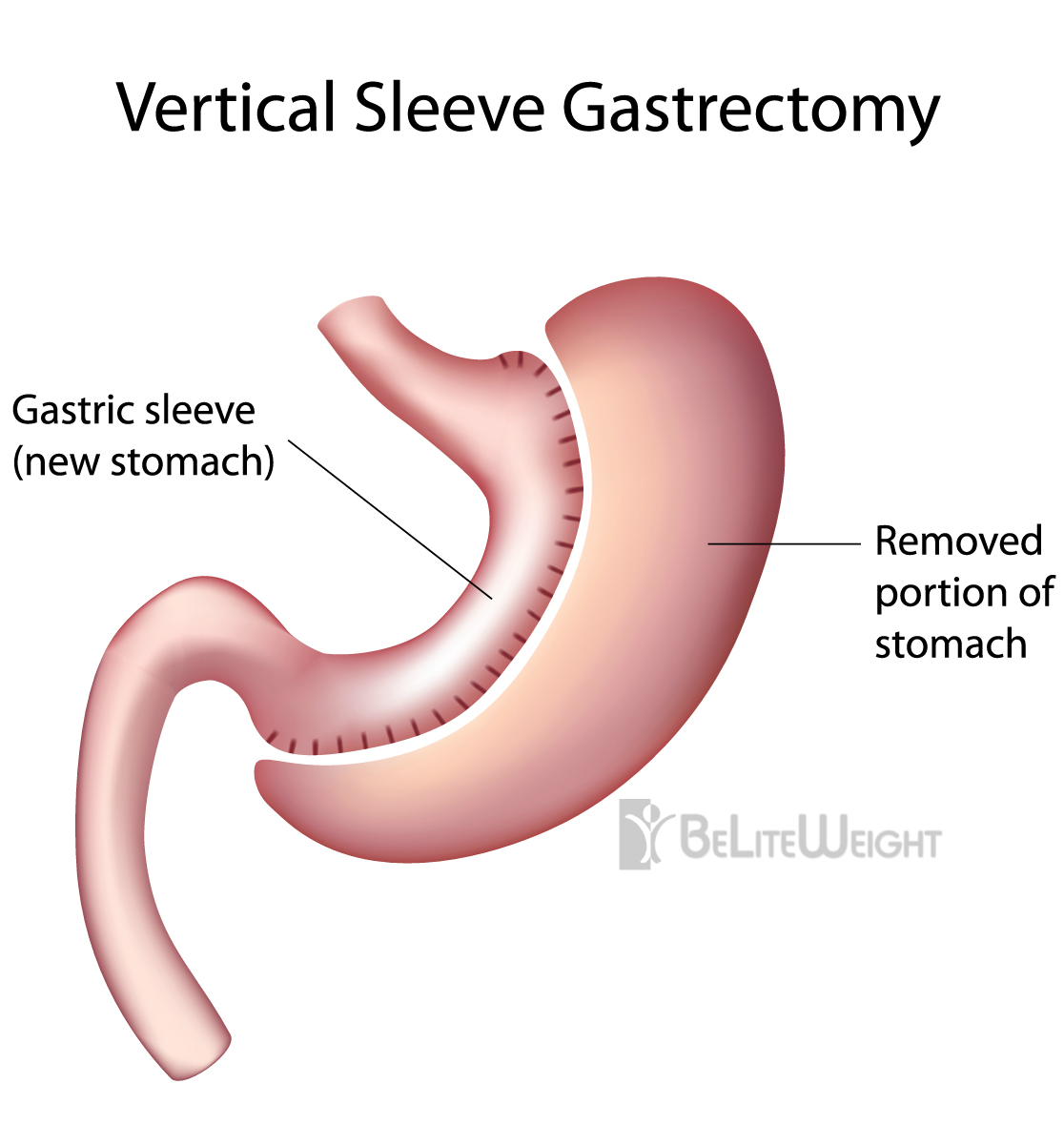Gastric sleeve surgery has changed countless lives for the better. The surgery is known for its ability to help people lose weight, but it actually does much, much more–it can help lower cholesterol, control Type 2 diabetes, and lower blood pressure.
But how does the procedure actually work? Keep reading to find out.
It’s important to mention that gastric sleeve surgery is a restrictive procedure, which limits the amount of food you can eat by reducing the size of your stomach.
The surgery is considered minimally invasive. Your doctor will gain access to your abdomen through a series of very small incisions. Your doctor will then place small, pen-shaped devices called trocars into the incisions. The trocars allow your doctor to insert surgical instruments into your abdomen.
Once your surgeon can see your stomach, decisions can be made about how to best remove a portion of your stomach and replace it with a thin, vertical sleeve. The sleeve can hold about 50 to 150 milliliters of food, which is a portion about the same size as a banana.
Once the procedure is complete, your stomach will be able to hold about one-tenth of the amount of food it could before you had the procedure done.
Recovery from gastric sleeve surgery typically takes a few weeks to a few months. But once you are healed, you’ll be that much closer to living a lighter, healthier life.





